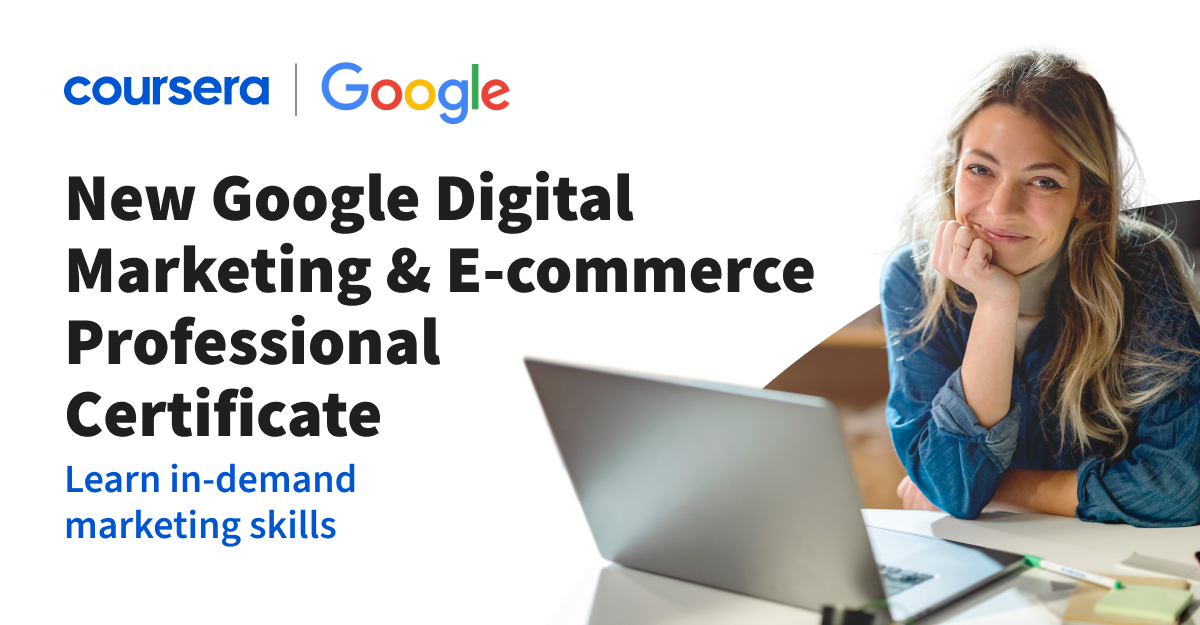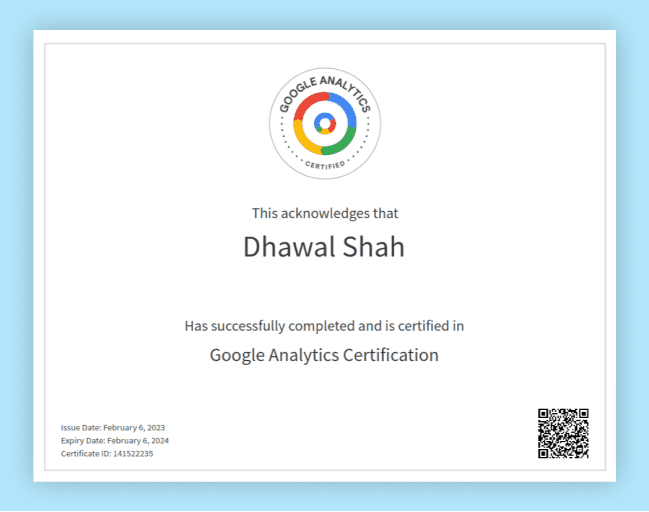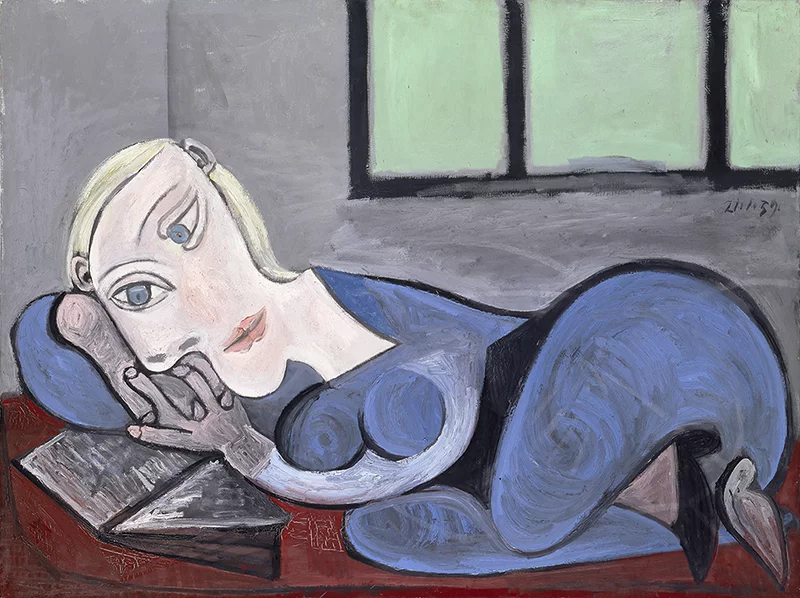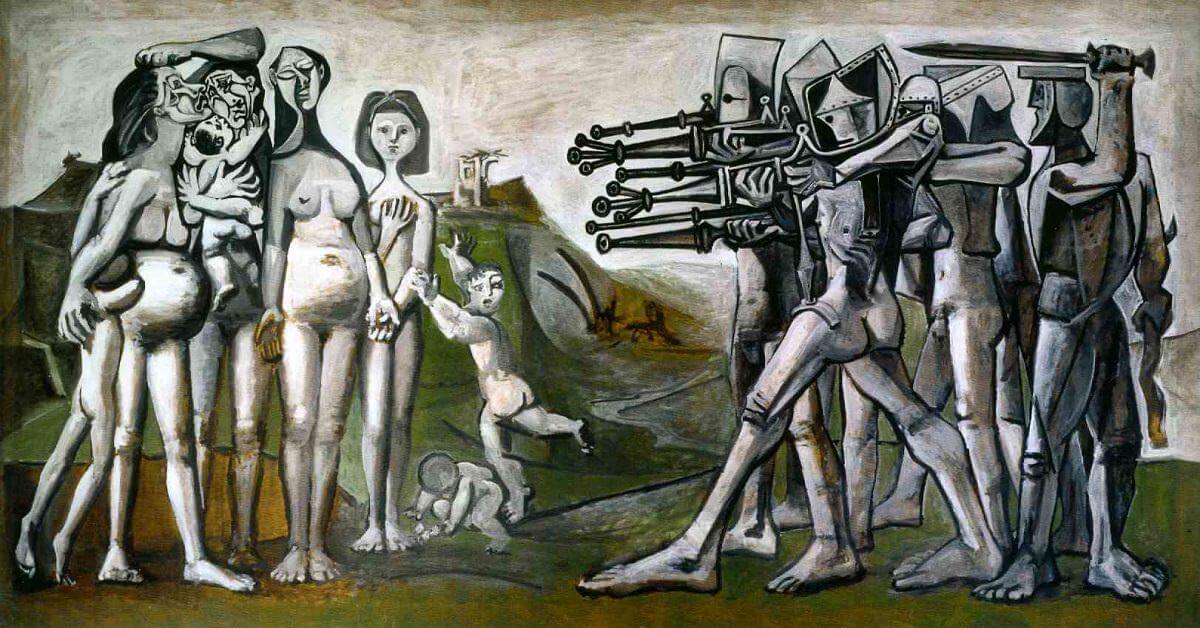In 22 lectures, Yale historian Paul Freedman takes you on a 700-year tour of medieval history. Moving from 284‑1000 AD, this free online course covers “the conversion of Europe to Christianity, the fall of the Roman Empire, the rise of Islam and the Arabs, the ‘Dark Ages,’ Charlemagne and the Carolingian renaissance, and the Viking and Hungarian invasions.” And let’s not forget St. Augustine and the “Splendor of Byzantium.”
You can stream all of the lectures above. Or find them on YouTube and this Yale website.
The Early Middle Ages: 284‑1000 will be added to our list of Free History Courses, a subset of our meta collection, 1,700 Free Online Courses from Top Universities. Below, we’ve added a list of the key texts used in the course:
- Charlemagne’s Courtier: The Complete Einhard. ed. Paul Edward Dutton, Broadview Press, 1998.
- Gregory of Tours: The Merovingians. ed. Alexander Callander Murray, Broadview Press, 2006.
- Procopius, The Secret History. ed. Richard Atwater, University of Michigan Press, 1961.
- Wickham, Chris, The Inheritance of Rome: A History of Europe from 400 to 1000. Viking, 2009.
- Richards, Julian, The Vikings: A Very Short History. Oxford University Press, 2005.
If you would like to sign up for Open Culture’s free email newsletter, please find it here. It’s a great way to see our new posts, all bundled in one email, each day.
If you would like to support the mission of Open Culture, consider making a donation to our site. It’s hard to rely 100% on ads, and your contributions will help us continue providing the best free cultural and educational materials to learners everywhere. You can contribute through PayPal, Patreon, and Venmo (@openculture). Thanks!
Related Content:
Free Online History Courses
160,000+ Medieval Manuscripts Online: Where to Find Them
The Medieval Masterpiece, the Book of Kells, Is Now Digitized and Available Online
How to Make a Medieval Manuscript: An Introduction in 7 Videos






